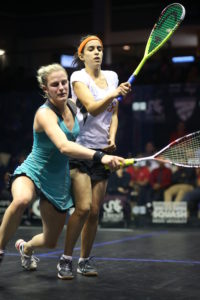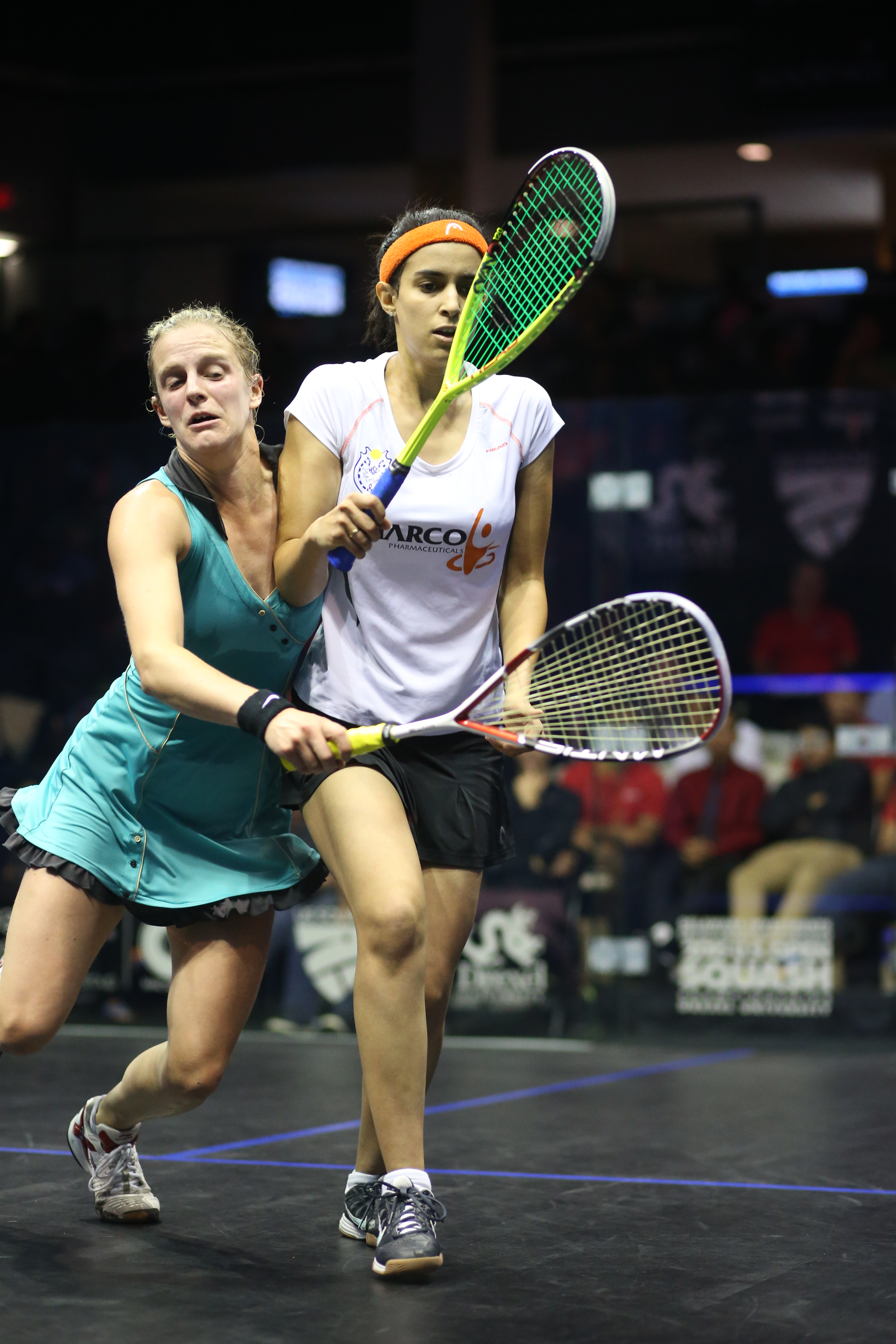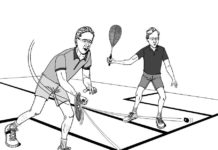By Barry Faguy
Having originally dealt with all the key principles of decision making in treatise form, we carry on the explanations by zeroing in on questions we’re received over the years.
HEY REF When interference situations come up, I’ve often heard justifications of the decision using the words “every effort”—but what does that really mean?


When the time comes for interference decisions, many folks figure that the only thing the referee needs to know is whether there was a lot or a little of it. Bada-bing, bada-boom. Unfortunately, that doesn’t cut it.
To arrive at a fair decision, the rules require several considerations—which is why they pay us refs the big bucks. These include the actual amount of interference, but also the effect of that interference, the degree of any swing interference, any interrupted winner
and the directio
n the ball was headed.
Yet there’s one more, very important consideration: the effort made by each of the players. To make our life easier, the rules add the word “every” as the standard to expect for that effort. For the non-striker, we’re talking about the effort to clear the ball and avoid being the cause of any interference; for the striker, we’re talking about the effort to play the ball in the face of some interference. Your decision-making problem will quite often be solved by focusing on this issue of effort.
Applying “every” to both players: The dictionary states that “every” means extreme amounts—but that’s something we don’t see too often in squash; in real play, we generally use somewhat more reasonable standards:
• For the non-striker, this means demonstrating an appropriate speed and direction best suited to allow the striker the four standard freedoms (view, access, swing, & ball). If there’s clear failure to do that, a stroke against the non-striker is appropriate.
• For the striker, this means demonstrating an appropriate speed and direction to get to and play the ball, all while accepting a certain amount of interference. How much acceptance? A reasonable answer is: “an amount where accepting more would significantly compromise the return.” If there’s clear failure to do that, the striker should receive a no-let decision.
Those words are about the best clarification possible. Unfortunately, there are no actual measurements because we’re dealing with a fluid environment with simultaneously fast-moving players, quick racquets and a speeding ball—all within a 672 square-foot torture chamber.
Further considerations:
• First: although it’s true that access interference almost always involves some degree of contact, the striker’s “every effort” must never reach the level of physical abuse.
• Second: the standards will necessarily vary with the kind of interference; for example, a player can tolerate a great deal of interference to the access (sometimes even jumping over the opponent to get there), but virtually no striker will tolerate any actual contact to the swing (because it’s such a sensitive movement).
• Third: the non-striker’s clearing effort (even if it indeed qualifies as “every”) is immaterial for two specific kinds of interference: one is for a prevented swing (which means a major amount, and so always a stroke); the other is when dealing with ball interference (it’s a stroke if the opponent is hittable with the ball going directly to the front wall). So you needn’t waste precious brain fluid trying to remember what the non-striker was doing for those two situations.





